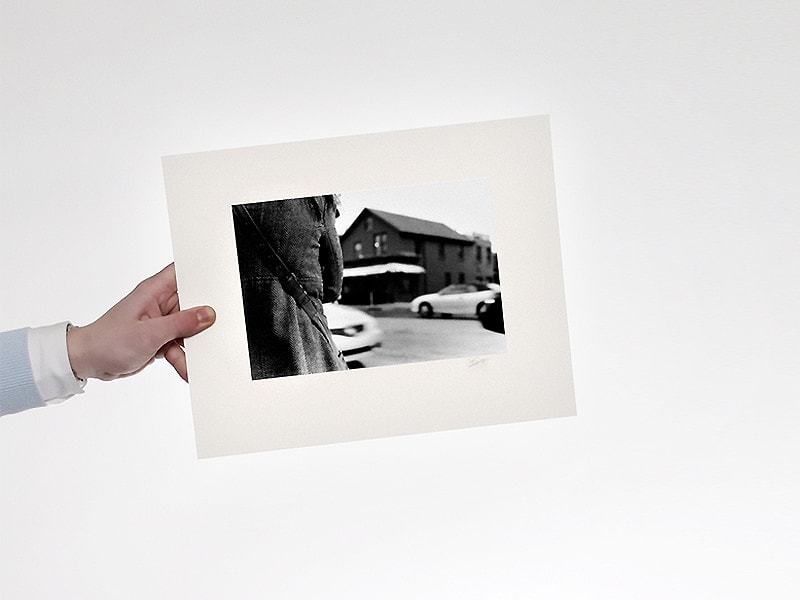[toggler title=»Photographs licensed under Creative Commons license» ]Photographs by Brad Gilletteunder Creative Commons License [/toggler]
Today's article will be short but very curious. With it I would like to plant some photographic curiosity in your minds and encourage you to start questioning some of the photographic concepts that we have always taken for granted. Believe me, there is no better way to enjoy photography than formulating some whys, trying to answer them and thus nurture our curiosity.
Getting to the point... Have you noticed the shape of the objective/lens of your camera? Have you ever wondered why the hell the photo comes out rectangular if the objective, lens and diaphragm with which you shoot have a circular shape?
The answer is very simple and we find it in the camera sensor . Do you remember this article in which I explained the importance of the sensor in cameras ? The sensor, friends, is an element of a square, or rather rectangular shape. When we press the shutter release, the light (which will later be transformed into an image) passes through the diaphragm and any objective inside in a circular way, enters the camera and finds its way until it reaches the sensor on which that light is projected. When a circular content (light or image) is projected onto a rectangular body (sensor) the result is a rectangular image. To put it another way, the initial image is circular and the sensor is cropped to keep only the center of it, rectangular in shape.
What happens to the leftover sides? They spoil.
The same thing used to happen (and still does) with analog cameras: light is conducted through the lens in a circular or cylinder shape all the time until it hits the film. As the film is rectangular, the final photo is rectangular as well.
I have a feeling that someone reading this right now is feeling an awful urge to raise their hand and ask, “But why aren't films and sensors made in rectangular shapes? Well, that way we would take advantage of the entire circle of the image.
The answer to this question can be very complex and is far from the purpose of this article, which is to keep things as simple as possible. But briefly I will tell you that the fact that the format of the film, the sensor and the final printed photo is rectangular is due to a series of very diverse reasons: the film is an element that needs to be dragged between photo and photo, and the easiest way to drag it is to have it in the form of a tape, so we need each unit of the film to be rectangular.
On the other hand, people within our socio-psychology prefer to use rectangular things rather than circular ones: this way we make better use of the spaces with which we interact. If we want to make the most of the spaces, it is easier to cover a wall with rectangular photos than circular ones, it is easier to fill the cover of a magazine with a rectangular or square photo than with a circular one, etc.
As you can see, everything has a logical explanation ?
A hug, behave well, and recommend the article if you liked it ?


